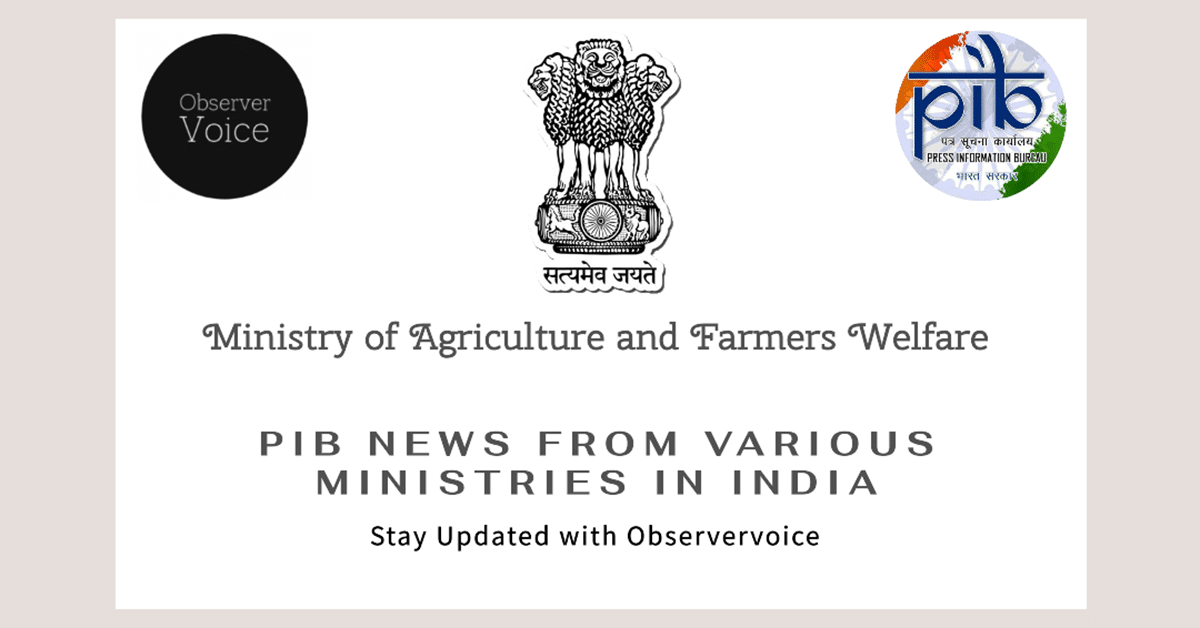Rabi Crop Coverage Report for 2025

The Department of Agriculture and Farmers’ Welfare has released its latest report on the area coverage of Rabi crops as of January 20, 2025. This report provides valuable insights into the agricultural landscape of the country, highlighting the area sown for various crops compared to previous years. Understanding these trends is crucial for farmers, policymakers, and stakeholders in the agricultural sector.
Overview of Rabi Crops
Rabi crops are sown in the winter season and harvested in the spring. They play a significant role in ensuring food security and supporting the livelihoods of millions of farmers. The primary Rabi crops include wheat, rice, and pulses, among others. The report from the Department of Agriculture provides a detailed breakdown of the area sown for these crops, comparing the current year’s figures with those from the previous year and the normal area sown over the last five years.
The data indicates that wheat remains the most widely cultivated Rabi crop, with a normal area of 312.35 lakh hectares. For the 2024-25 season, the area sown is reported at 320 lakh hectares, slightly higher than the previous year’s 315.63 lakh hectares. This increase reflects farmers’ confidence in wheat production, driven by favorable weather conditions and improved agricultural practices.
Detailed Crop Coverage Statistics
The report includes a comprehensive table that outlines the area coverage for various crops. For instance, rice, which is another staple crop, shows a significant increase in area sown. The normal area for rice is 42.02 lakh hectares, with 26.20 lakh hectares sown in 2024-25, compared to 26.14 lakh hectares in the previous year. This slight increase suggests a growing interest in rice cultivation, likely due to its importance in the Indian diet.
Pulses, which are crucial for protein intake, also show interesting trends. The normal area for pulses is 140.44 lakh hectares, with 141.69 lakh hectares sown in 2024-25, slightly down from 139.29 lakh hectares in the previous year. This fluctuation may be attributed to changing consumer preferences and market dynamics.
Implications for Farmers and Policy Makers
The data from the Rabi crop coverage report has significant implications for farmers and policymakers. For farmers, understanding the trends in crop coverage can help them make informed decisions about what to plant in the upcoming seasons. It can also guide them in managing resources more effectively, ensuring that they maximize yields and profits.
For policymakers, the report serves as a critical tool for planning and resource allocation. By analyzing the trends in crop coverage, they can identify areas that require support, such as irrigation facilities, subsidies for seeds, and training programs for farmers. This proactive approach can help enhance agricultural productivity and ensure food security for the nation.
Observer Voice is the one stop site for National, International news, Sports, Editor’s Choice, Art/culture contents, Quotes and much more. We also cover historical contents. Historical contents includes World History, Indian History, and what happened today. The website also covers Entertainment across the India and World.

